If you’re interested in embarking on a gourmet cheese tour of France, there are myriad ways to enjoy some of the country’s finest specialities. From Paris to the Pyrenees, Dordogne and Normandy, numerous regions are famous for their distinctive, flavorful, creamy or delightfully sharp cheeses. Whether you prefer delicacies made with cow’s, goat’s, or sheep’s milk, or are an all-around amoureux de fromages (cheese lover), a luxury getaway that involves tasting traditional cheeses is a gastronomic experience that shouldn’t be missed. It’s almost always a good idea to pair these with fine wines, bringing out the flavours of both. Take a look at the top 5 regions we recommend for a bespoke cheese tour—and some of the specialities they’re most prized for. Embark on a private tour with us and we’ll arrange exclusive tastings with some of the country’s best cheesemongers and artisans, and leave you with a wealth of (delicious) knowledge.
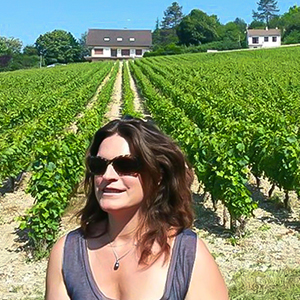
Founder
Traditional French cheeses are prized the world over for their complexity, flavour and unique character. Any gourmet excursion to France should include a cheese tour– and we know just where to take you for exceptional tastings, perhaps accompanied by fine wines.
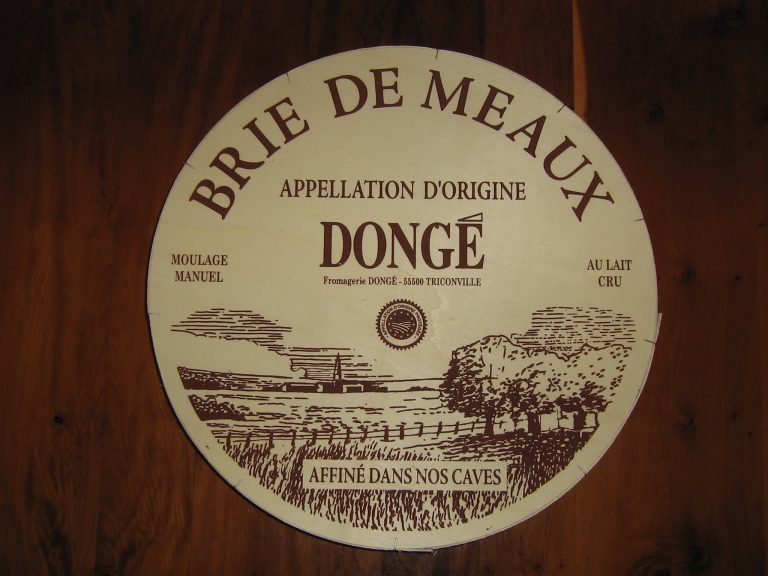
As one of France’s—and the globe’s—shining gastronomic capitals, it’s little wonder that Paris and the surrounding Ile de France region is lauded for producing some of France’s best and most well-known cheeses.
Just 25 miles northeast of central Paris are the towns of Meaux and Melun, both famous for their centuries-old tradition of producing Brie. Perhaps the most accessible—and globally successful—French cheese, Brie is a mild, intensely buttery cheese with a fresh taste that pairs beautifully with grapes, apples and other fruit, and is also divine eaten plain with a bit of crusty baguette. While some pseudo-Bries do exist, make sure you taste only the genuine ones, made in Meaux or Melun. Other cheeses native to the Ile de France region include Coulommiers, a large round made with cow’s milk that resembles Camembert but offers a slightly nuttier flavor, and Fontainebleau, a dense, sweet, light cheese made with a combination of cow’s milk and fresh, whipped cream.
In Paris proper, cheesemaking isn’t carried out on a large scale these days, but the capital does house numerous exceptional shops where cheese tastings are de rigueur. One we especially recommend is the Fromagerie Quatrehomme, one of the most renowned cheesemongers in France, and supplier to numerous prestigious restaurants in the capital. Owned by Marie Quatrehomme, the first woman to win the “Meilleur Ouvrier de France” prize (best craftsman of the year) for her superb artisanal creations, the shop is a true delight. Specialities to try here include Brie with pistachios and Mont d’Or laced with heady truffles.
While the regions of Normandy and Brittany are quite distinctive, with individual cultures and traditions that are entirely their own, we’re including them together since the two regions are adjacent to one another and can both be easily visited on the same private French food tour. Most famous among Norman cheeses is the Camembert de Normandie, a wonderfully versatile yet subtly complex cheese that’s traditionally made with raw cow’s milk, and is most delicious when left to ripen for a while. Whether served with bread, fruit and wine or baked with red fruits or truffles, this is a cheese that even those who may be anxious to try raw-milk cheeses will enjoy.
Other interesting cheeses from Normandy include Pont l’Eveque and Neufchatel, more cow’s milk cheeses whose mildness will please most palates; and Livarot, made in the town of the same name near Calvados and aged for six months at a time. This is an intense, aromatic cheese with strong notes of hay and wheatgrass: a true gastronomic discovery.
Brittany also makes some interesting regional cheeses, lesser known to most tourists. The Finistere area is especially well known for their tommes, semi-hard cheeses made from raw cow’s milk that tend to melt in your mouth and are aged for several months. The Tomme du Nevet is particularly distinctive, as some varieties are aged with seaweed for an unusual flavour. There are many other varieties made and sold around Brittany, perfect paired with bread, white wines and even fresh oysters. You may also want to try the Ty Pavez, a specialty made from cow’s milk, pressed and aged with both seaweed and seawater.
Brittany, a deeply agricultural region with plenty of land for grass pastures, is also renowned for its excellent sheep’s and goat’s cheeses. Even though most aren’t technically organic, the cheeses are produced by feeding pure grass to the animals that supply the milk. The result? Fresh, pure-tasting cheeses that are genuinely healthy.
The Alpine region of Savoie isn’t only famous for its world-class ski slopes: its traditional cheeses are also coveted, making it an important destination for gourmets as well as outdoor enthusiasts.
Home to seven protected-label regional cheeses, all made with raw cow’s milk, Savoie is perhaps best known for its mild, nutty Emmental, a favorite among all ages. Its intensely flavorful mountain tommes (pressed and aged cheeses with a semisoft texture) include Tomme de Savoie and Tome de Bauge.
The aged and washed-rind Reblochon is a favorite winter cheese, enjoyed melted over the regional potato tart known as “Tartiflette”, and boasting a deliciously creamy and intense quality. All of these are superb as part of a hearty yet refined winter meal, paired with reds from the Cotes du Rhone or other nearby vineyards.
Beaufort, Abondance, and Chevrotin are other prestigious traditional cheeses you’ll delight in trying during your private tour of the Savoie region. You might even consider taking a gastronomic tour of the region as part of your luxury ski holiday in Mégève or other Alpine French towns.
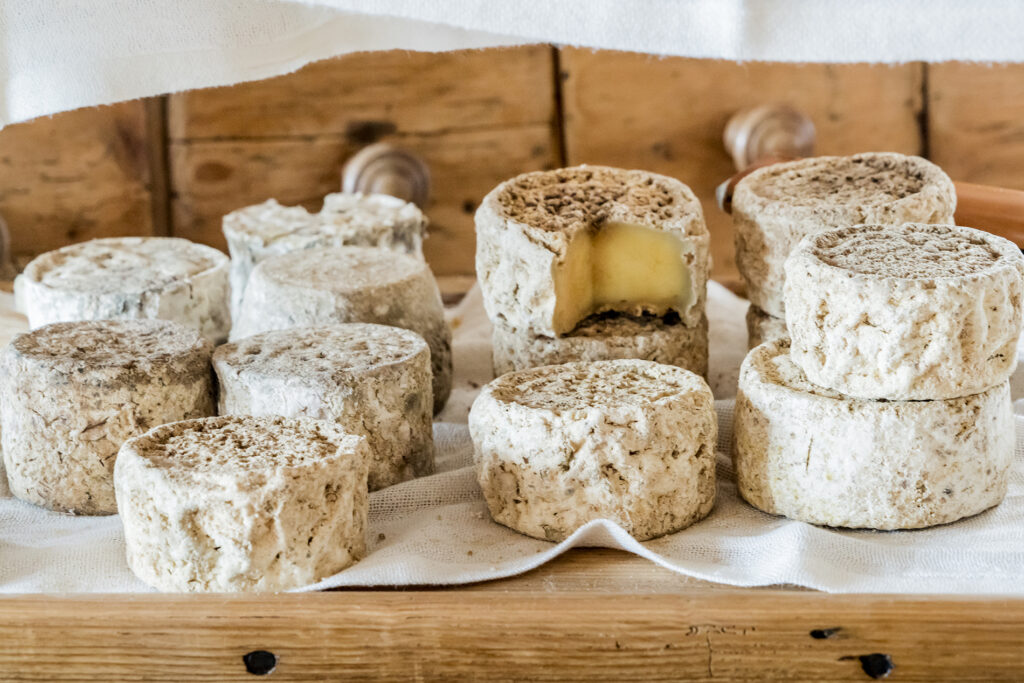
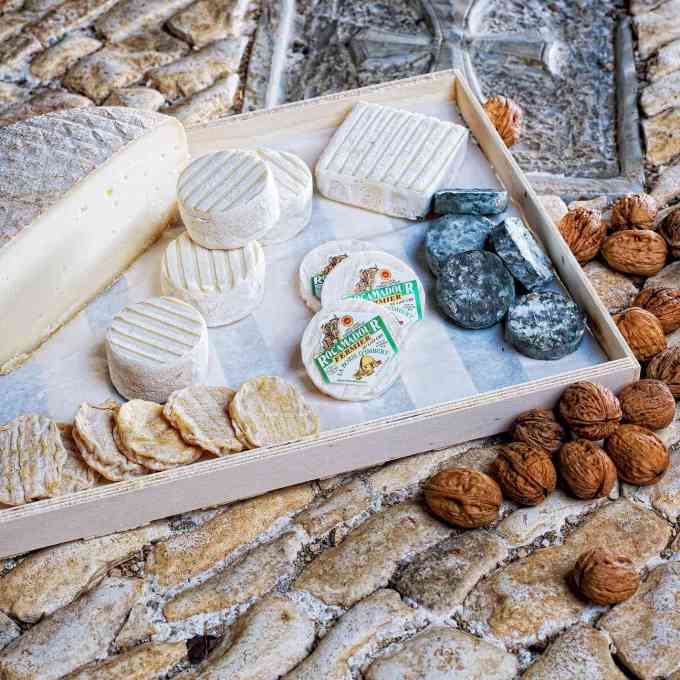
In the Dordogne and Perigord region of southwestern France, cheesemaking has a long history stretching back centuries: monks and nuns residing in the many Abbeys that are dotted around the region have made many delicious specialities for centuries. Particularly famous for its excellent goats’ cheeses, the region is a wonderful place to sample local cheeses paired with wines from nearby vineyards in Bergerac (to cite only one example).
Among the most celebrated of Perigord cheeses is the Cabecou de Perigord, a delightfully creamy, slightly sharp small round made with local goat’s milk and perfect for accompanying salads and crusty bread. It has a fresh, summery flavour that pairs well with either white or red wines, and is delicious with red summer fruits. Other regional cheeses that are well worth sampling include the Trappe d’Echourgnac, a cow’s milk cheese aged by the Abbaye d’Echourgac to this day following a traditional nineteenth-century recipe, and the Cujassou, a fresh, young cheese made from both raw goat’s and sheep’s milk that stopped being produced for decades but has recently been rediscovered.
Finally, a region that often gets neglected by luxury travellers but is essential for anyone interested in tasting gourmet cheeses is the Aveyron, situated in central southern France along the river of the same name. Home to the world-famous Roquefort, a blue cheese made from sheep’ s milk that’s at once sharp and intensely creamy, crumbly yet perfect for melting over a plate of gnocchi with walnuts, the Aveyron is a wonderfully rustic destination for a food, cheese and wine tour.
Explore the popular farmer’s markets in the region and visit village cheesemakers and agers to taste incomparable local specialties such as the Perail, an adorably small round of sheep’s cheese with a deliciously creamy, melt-in-your mouth aspect; the Laguiole, a raw-cow’s milk cheese which is aged carefully and takes pride of place on regional cheese boards; and the Bleu des Causses, a blue cheese appreciably different from Roquefort in that it’s made from raw cow’s milk rather than sheep’s, and is shaped into a distinctive wheel appearance.
Your private guide will help you to discover this off-the-beaten path region through your eyes, nose and palate, taking you to the best artisans and shops in the area and organising private tastings that bring together the finest in local gastronomy.
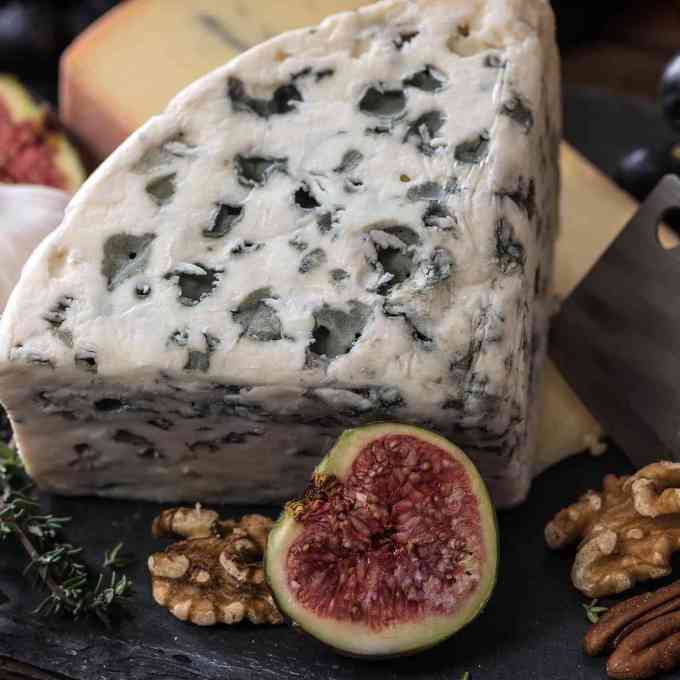
Did you like the content? Share it now!
Ready to taste some of the world’s most delicious and distinctive cheeses? Get in touch with us now so we can design the perfect luxury getaway centred around meetings with remarkable cheese makers and tastings of some of France’s finest cheeses. If it’s a cheese and wine tour you’re most interested in, we can pair exceptional wines with fromages that are perfectly complementary, and structure your getaway around private visits to wonderful cellars where local cheeses are the co-stars of the show. We can also arrange for you to take part in a cheesemaking workshop, led by expert artisans who will teach you some of the cherished secrets of the trade. Explore the popular farmer’s markets in the region and visit village cheesemakers and agers to taste incomparable local specialties such as the Perail, an adorably small round of sheep’s cheese with a deliciously creamy, melt-in-your mouth aspect; the Laguiole, a raw-cow’s milk cheese which is aged carefully and takes pride of place on regional cheese boards; and the Bleu des Causses, a blue cheese appreciably different from Roquefort in that it’s made from raw cow’s milk rather than sheep’s, and is shaped into a distinctive wheel appearance. Your private guide will help you to discover this off-the-beaten path region through your eyes, nose and palate, taking you to the best artisans and shops in the area and organising private tastings that bring together the finest in local gastronomy.
Did you like the content? Share it now!
To provide the best experiences, we use technologies like cookies to store and/or access device information. Consenting to these technologies allows us to process data such as browsing behavior or unique IDs on this site. Not consenting or withdrawing consent may negatively affect certain features and functions.
